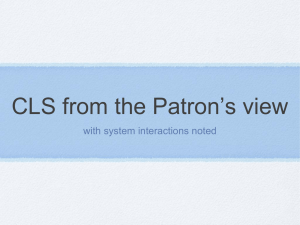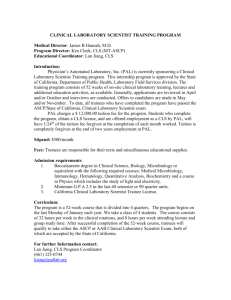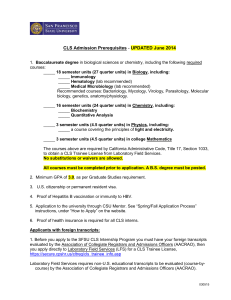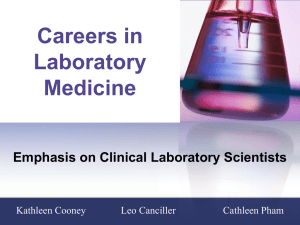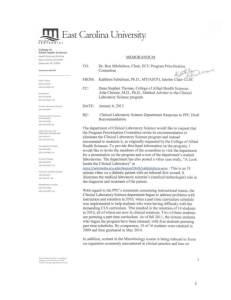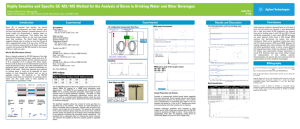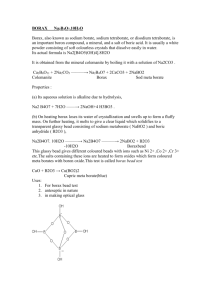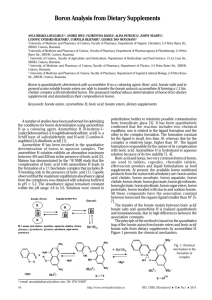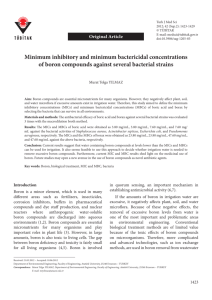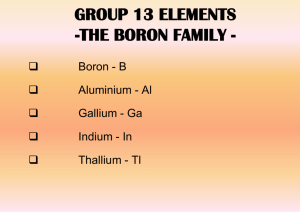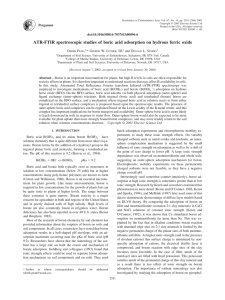boron-overview
advertisement
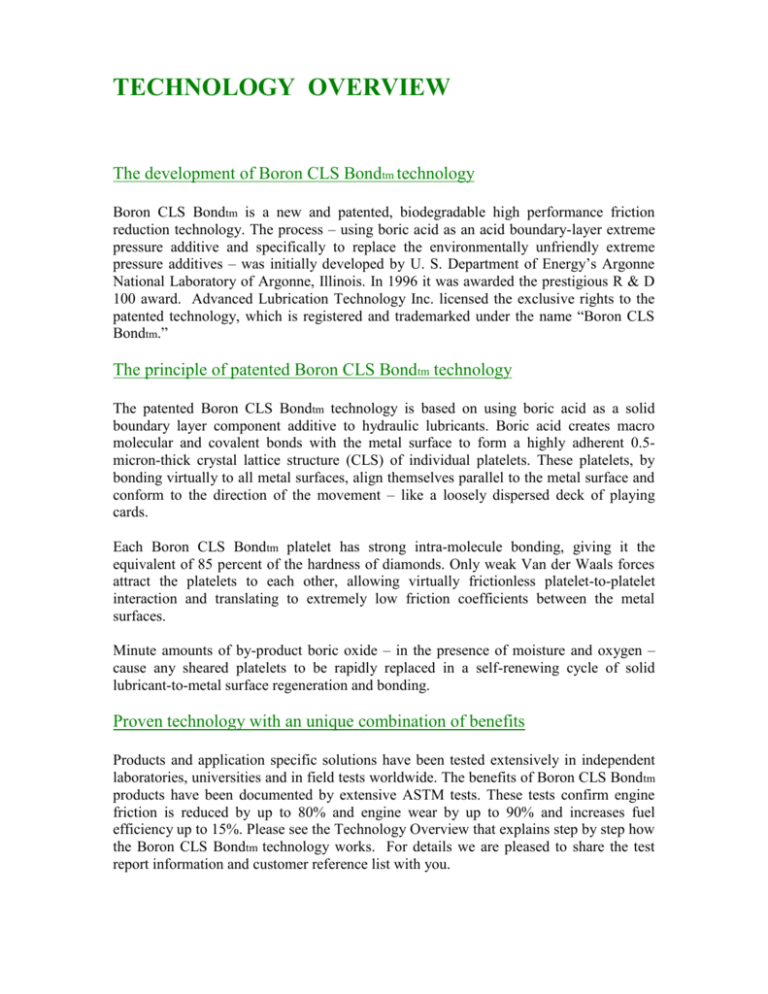
TECHNOLOGY OVERVIEW The development of Boron CLS Bondtm technology Boron CLS Bondtm is a new and patented, biodegradable high performance friction reduction technology. The process – using boric acid as an acid boundary-layer extreme pressure additive and specifically to replace the environmentally unfriendly extreme pressure additives – was initially developed by U. S. Department of Energy’s Argonne National Laboratory of Argonne, Illinois. In 1996 it was awarded the prestigious R & D 100 award. Advanced Lubrication Technology Inc. licensed the exclusive rights to the patented technology, which is registered and trademarked under the name “Boron CLS Bondtm.” The principle of patented Boron CLS Bondtm technology The patented Boron CLS Bondtm technology is based on using boric acid as a solid boundary layer component additive to hydraulic lubricants. Boric acid creates macro molecular and covalent bonds with the metal surface to form a highly adherent 0.5micron-thick crystal lattice structure (CLS) of individual platelets. These platelets, by bonding virtually to all metal surfaces, align themselves parallel to the metal surface and conform to the direction of the movement – like a loosely dispersed deck of playing cards. Each Boron CLS Bondtm platelet has strong intra-molecule bonding, giving it the equivalent of 85 percent of the hardness of diamonds. Only weak Van der Waals forces attract the platelets to each other, allowing virtually frictionless platelet-to-platelet interaction and translating to extremely low friction coefficients between the metal surfaces. Minute amounts of by-product boric oxide – in the presence of moisture and oxygen – cause any sheared platelets to be rapidly replaced in a self-renewing cycle of solid lubricant-to-metal surface regeneration and bonding. Proven technology with an unique combination of benefits Products and application specific solutions have been tested extensively in independent laboratories, universities and in field tests worldwide. The benefits of Boron CLS Bondtm products have been documented by extensive ASTM tests. These tests confirm engine friction is reduced by up to 80% and engine wear by up to 90% and increases fuel efficiency up to 15%. Please see the Technology Overview that explains step by step how the Boron CLS Bondtm technology works. For details we are pleased to share the test report information and customer reference list with you. Companies That Tested Boron CLS Bondtm Herguth Laboratories, Inc. founded in 1980, serves a global client base by providing sophisticated lubrication and petroleum analysis, tribology studies, failure analysis and related services – all delivered with quality assurance of ISO 9002 Certification. As specialist in tribology, the scientific study of friction, wear, and lubrication, Herguth’s tribological services include extensive wear analysis and performance test. Herguth was the first independent petroleum laboratory in the United States to receive 10CFR50 accreditation. For additional information visit their web site: www.herguth.com Falex Corporation has offered the most complete line of tribology test equipment and laboratory testing services for the evaluation and study of lubrication, friction, wear and abrasion for over 70 years. Falex’s equipment is designed to meet the requirements of ASTM, ISO and other standard test methods. Their web site is www.falex.com. Argonne National Laboratory is one of the U. S. Department of Energy’s largest research centers. It is also the nation’s first national laboratory, chartered in 1946. Argonne has more than 4,000 employees and an annual operating budget of $475 million. In 1995, Dr. Ali Erdemir, who is associated with Agronne, patented boric acid as a solid boundary-layer component additive to hydraulic lubricants. Dr. Erdemir’s patents were the result of years of research at Argonne. Advanced Lubrications Technology acquired exclusive rights to these patents in 1995. Their web site is www.anl.gov/ AAA Automobile Club of Southern California conducted Emissions and Fuel Economy Tests. Copies of the tests and studies conducted by the above companies will be made available upon request.

